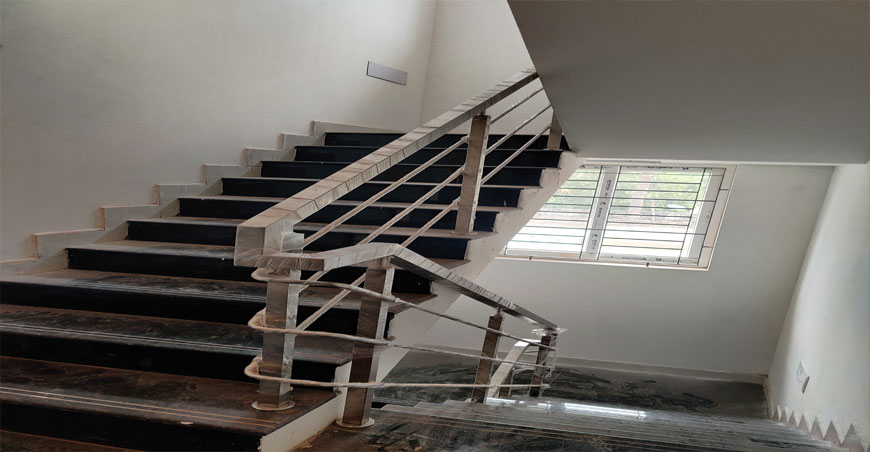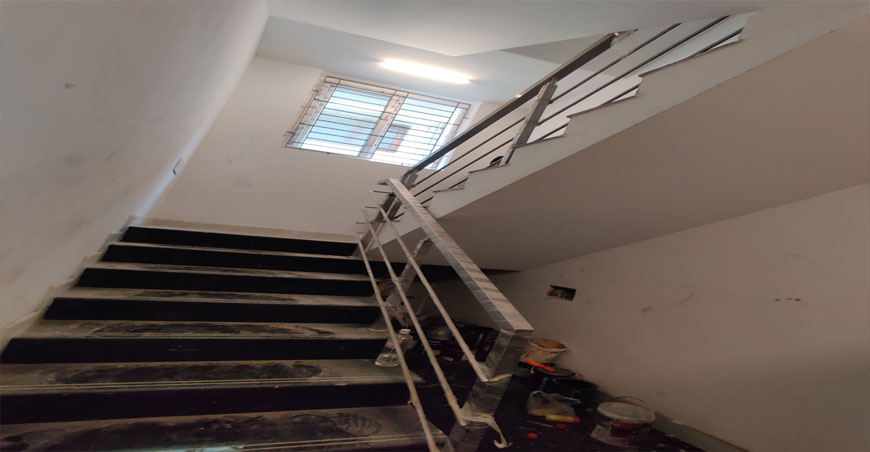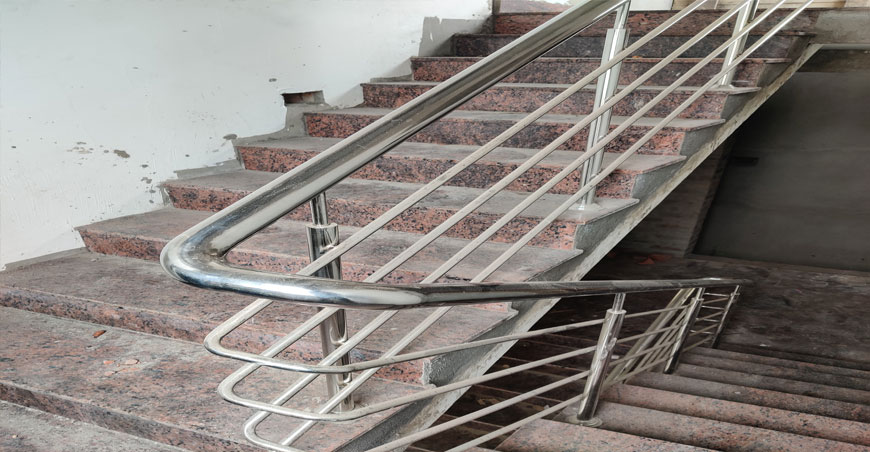Stainless steel hand railings have become a staple in modern architecture, offering a perfect blend of functionality, durability, and aesthetic appeal. From residential homes to commercial buildings, these railings are increasingly preferred for their strength, minimal maintenance, and sleek, contemporary appearance. This essay delves into the various aspects of stainless steel hand railings, highlighting their benefits, applications, and design versatility.
One of the most compelling reasons for choosing stainless steel for hand railings is its unmatched durability. Stainless steel, an alloy primarily composed of iron, chromium, and nickel, is renowned for its resistance to corrosion, rust, and staining. This makes it particularly suitable for both indoor and outdoor use, where exposure to moisture, varying temperatures, and other environmental factors can degrade other materials.
The strength of stainless steel is another significant advantage. Unlike wood, which can wrap or rot, or iron, which can rust, stainless steel remains stable and intact over time. This inherent strength ensures that the hand railing provides a secure and reliable support system, whether it is installed along staircases, balconies, or terraces. The material’s ability to withstand heavy loads and impact without deforming further enhances its suitability for both residential and commercial applications.
Stainless steel hand railings are remarkably low maintenance, making them an ideal choice for busy environments where regular upkeep might be impractical. The surface of stainless steel is non-porous, which means it does not harbor dirt, bacteria, or other contaminants. A simple wipe with a damp cloth and mild detergent is usually sufficient to keep the railings looking pristine.
In environments where hygiene is of utmost importance, such as hospitals, laboratories, or food processing facilities, stainless steel railings are often the preferred choice due to their ease of cleaning and sterilization. Additionally, the material's resistance to corrosion means that it does not require periodic painting or sealing, reducing long-term maintenance costs.
The aesthetic appeal of stainless steel hand railings is another key factor driving their popularity. The sleek, polished appearance of stainless steel aligns perfectly with modern design trends that emphasize minimalism, clean lines, and a futuristic look. Whether used in residential or commercial spaces, stainless steel railings add a touch of sophistication and modernity.
Stainless steel railings are also highly versatile in design. They can be customized to suit a wide range of architectural styles and preferences. For instance, the finish of the stainless steel can vary from a high-gloss polish to a more subdued brushed or satin look, allowing for different visual effects. Stainless steel railings can also be paired with other materials such as glass, wood, or stone to create a striking contrast or to complement the overall design scheme of the space.
In addition to the material finish, the design of the railing itself can be tailored to meet specific needs. From simple, straight railings to more intricate designs with curves, angles, or decorative elements, stainless steel offers endless possibilities. This flexibility makes it possible to create hand railings that are not only functional but also serve as a key design feature within a space.
Stainless steel hand railings are used in a wide variety of settings, from private homes to public and commercial buildings. In residential spaces, they are often installed along staircases, balconies, and terraces, where their modern appearance can enhance the overall look of the home. The durability of stainless steel also makes it ideal for outdoor use, where exposure to the elements would quickly deteriorate other materials.
In commercial and public buildings, stainless steel railings are valued not only for their durability but also for their ability to meet safety standards. They are commonly found in office buildings, shopping malls, airports, and educational institutions, where they provide a reliable and sturdy support system for large numbers of people. The ability of stainless steel to withstand high levels of wear and tear makes it a cost-effective choice in these high-traffic environments.
Furthermore, stainless steel railings are often used in industrial settings, where their resistance to corrosion and chemical damage is crucial. In factories, laboratories, and other environments where safety and hygiene are paramount, stainless steel railings offer a practical solution that meets the rigorous demands of these industries.
In an era where sustainability is increasingly important, stainless steel hand railings offer an environmentally friendly option. Stainless steel is 100% recyclable, and the material can be reused indefinitely without losing its properties. The production process for stainless steel has also become more energy-efficient over time, further reducing its environmental impact.
The long lifespan of stainless steel railings contributes to their sustainability as well. Unlike materials that may need to be replaced frequently due to wear and tear, stainless steel railings can last for decades with minimal maintenance. This reduces the need for replacement materials and the associated environmental costs of manufacturing and transportation.
Stainless steel hand railings represent a perfect fusion of strength, durability, and modern design. Their ability to withstand the elements, require minimal maintenance, and offer versatile design options makes them an ideal choice for a wide range of applications. Whether in a residential setting, a commercial building, or an industrial environment, stainless steel railings provide a reliable and aesthetically pleasing solution that enhances both safety and style. As architectural trends continue to evolve, the timeless appeal of stainless steel hand railings is likely to ensure their continued popularity in the years to come.





